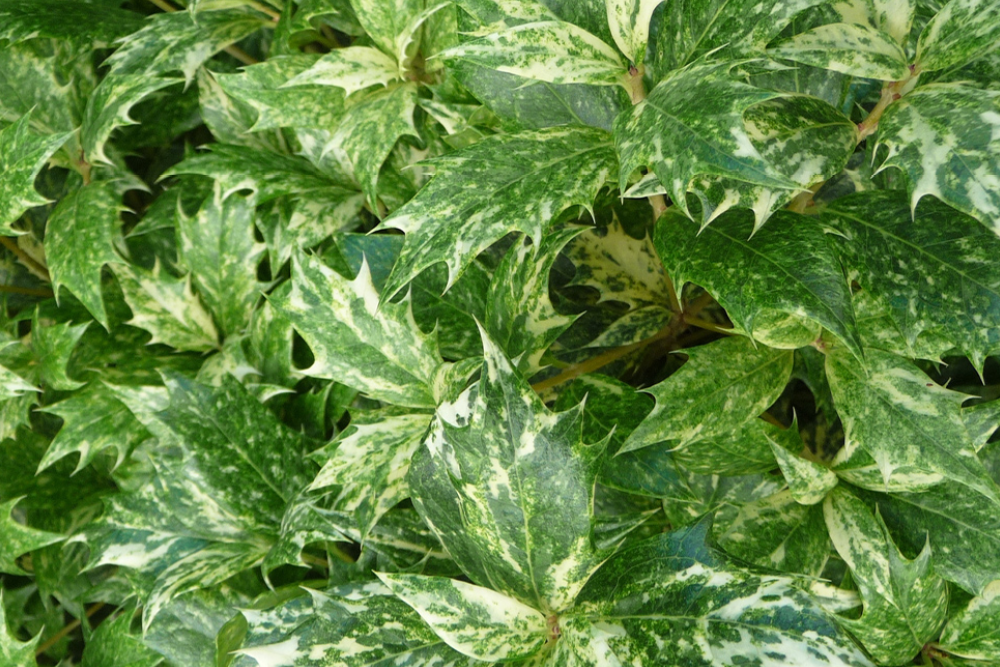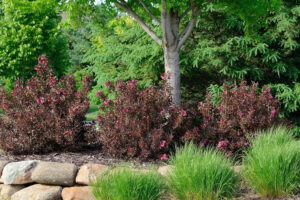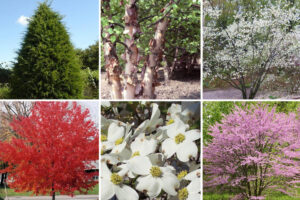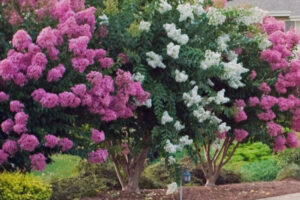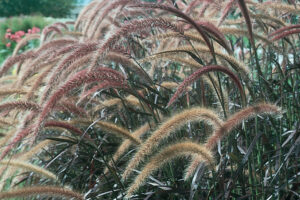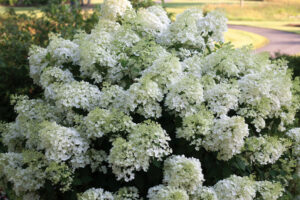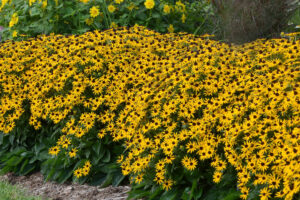Botanical Background
Goshiki Osmanthus, scientifically known as Osmanthus heterophyllus’Goshiki,’ is part of the Osmanthus genus. This genus belongs to the Oleaceae family, including olives and lilacs. The name “Osmanthus” is derived from the Greek words “osme” (fragrant) and “anthos” (flower), referring to the fragrant flowers that some species of Osmanthus produce. However, Goshiki is more valued for its ornamental foliage than its flowers.
Japanese Origin
“Goshiki” translates to “five colors” in Japanese, describing the striking multicolored foliage that shifts from red to pink, green, white, and sometimes cream. Goshiki Osmanthus originated in Japan and has been a popular plant in Japanese gardens for many years due to its unique and vibrant foliage.
Introduction to Western Gardening
Goshiki Osmanthus was introduced to Western gardeners due to its evergreen nature, year-round interest, and low maintenance. Although less spiny, its holly-like leaves give it the common name “False Holly.” Once established, it’s widely appreciated for its ability to thrive in diverse climates and its drought tolerance, making it an excellent addition to many types of landscapes.
Interesting Facts
1. Variegated Foliage: Goshiki Osmanthus is especially notable for its variegated leaves, which combine creamy-white, green, and pink tones. The name “Goshiki” hints at this multicolored leaf appearance.
2. Evergreen: The plant retains its leaves throughout the year, making it an excellent choice for those looking to add year-round color to their garden.
3. Slow Growth: While Goshiki Osmanthus can eventually grow up to 5 feet tall, it is a relatively slow-growing plant, which makes it easier to control and shape over time.
4. Holly-like Leaves: Although it’s called “False Holly,” the leaves resemble those of traditional holly (Ilex) plants. However, unlike most hollies, Goshiki Osmanthus leaves are less spiny and less prone to being overly sharp to the touch.
5. Fragrance: Some Osmanthus species are known for their sweet-smelling flowers. However, Goshiki Osmanthus is primarily grown for its foliage rather than its fragrance.
6. Deer Resistant: Due to the toughness of its leaves, Goshiki Osmanthus is known to be deer-resistant, making it a good choice for gardens where deer browsing is an issue.
7. Low Maintenance: It is adaptable and can tolerate various soil types, thriving partially to fully in the sun. Once established, it requires little pruning and has low water needs.
8. Versatile Uses: It’s commonly used in landscaping as a foundation plant, for hedging, or as a colorful accent in garden borders.
Key Growing Information
- Light Requirements: Grows well in both full sun and partial shade.
- Watering: Once established, it’s drought-tolerant but appreciates moderate watering in its early stages.
- Soil Preferences: Prefers well-drained soils and can thrive in acidic and alkaline conditions.
- Growth Rate: It is relatively slow growing, allowing for controlled growth in landscape settings.
Goshiki Osmanthus is valued for its beautiful, ever-changing foliage and ability to remain visually interesting throughout the year. It is an excellent plant for gardeners looking for something low-maintenance yet impactful in their landscapes. It has a rich history tied to its Japanese origins.

